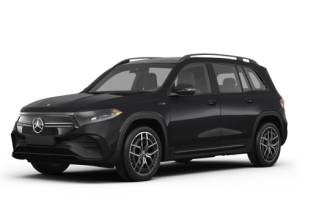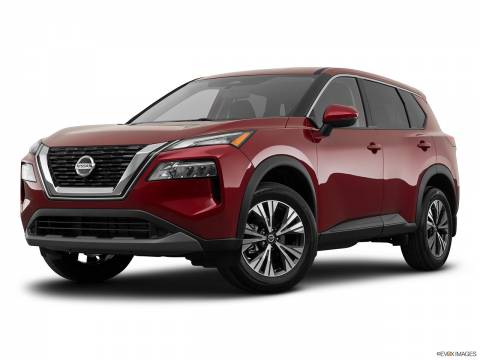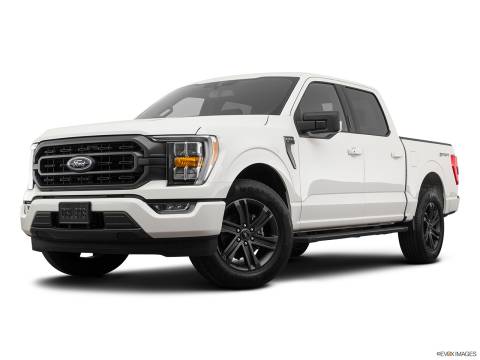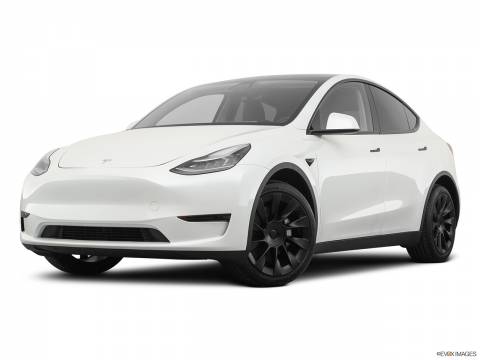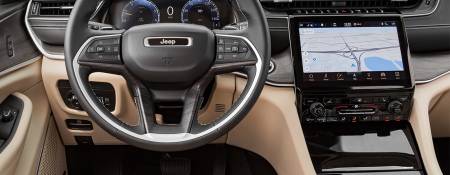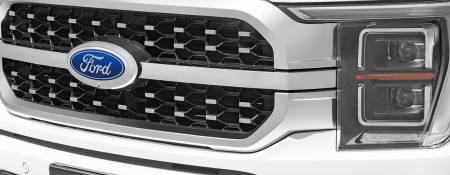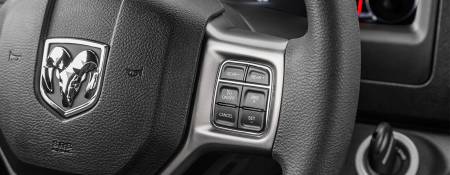Originated from an actual marketing concept, the term "crossover" is used to refer to a small-size SUV or compact SUV. During the past four-five years, a considerable trend has been growing up of Canadians acquiring these. On the following article, I will talk about the main features and the most affordable Crossover SUV in the Canadian market.
Crossover SUV: The Best of Both Worlds
A Crossover SUV is basically a small car bumped up more than an actual compressed mid-size SUV. In most cases, the actual engineering-manufacturing process starts from a predecessor wagon/car update. The most popular example is the Subaru Crosstrek, originally an Impreza with an elevated suspension.
The all-new 2018 Toyota C-HR is the Japanese manufacturer bet for gaining terrain on the Crossover SUV market.
On the following list, my primary purpose is to compare the Crossover situation contrast to the previous level (Compact & Mid-size Sedans) and the next one (Mid-size SUV).
Pricing
Most high than Overall Sedans and cheaper than Mid-size SUVs: The average price of a 36-60 months lease is between 300 and 400 CAD/month for the popular brands:
- Mazda CX-3 starting price is about 290 - 320 CAD/month tax. inc. (60 months lease)
- Chevrolet Trax starting price is about 290 - 320 CAD/month tax. inc. (60 months lease)
- Nissan Qashqai starting price is about 300 - 340 CAD/month tax. inc. (60 months lease)
- Nissan Juke starting price is about 330 - 350 CAD/month tax. inc. (60 months lease)
- Ford Escape starting price is about 340 - 380 CAD/month tax. inc. (60 months lease)
- Mitsubishi RVR starting price is about 330 - 360 CAD/month tax. inc. (60 months lease)
- Toyota C-HR starting price is about 380 - 420 CAD/month tax. inc. (60 months lease)
- Honda HR-V starting price is about 380 - 420 CAD/month tax. inc. (60 months lease)
- Subaru Crosstrek starting price is about 380 - 420 CAD/month tax. inc. (36 months lease)
Size & Ground Clearance
Regarding actual size, small SUV are similar to compact & mid-size sedans. If you have limited parking space or a very busy driveway and you need to deal with space problems, you can expect to have the same results as with any other compact car. Still, always confirm ;)
The Ground clearance is one of the main features of Crossover SUV. While you still drive a small vehicle, the actual capability to go off-road is one of the main distinctive features of these. Expect to have the same separation from the ground as Mid-size, and even some big SUV have.
Success on the Canadian Winter
And it may sound like repetitive, but winter is actually repetitive. Every year, we have at least four hard months of it. Snow, ice and very strong winds that affect the actual driving conditions.
During the months of December-March, most affected vehicles are those with the lowest ground clearance. The lower your vehicle is, the worst it is to drive around, park and even face a winter storm. The risks of getting stuck are very high. I can remember that during the March 2017 Winter Storm, a friend of mine on Chambly, QC had to shovel two blocks from where his Honda Civic could get, to his actual driveway as the storm started by noon and he was at work.
All places are different and so cleaning operations, but for sure he hated that day that his car unibody was so close to the ground.
Crossovers deal with this. Usually, with double the actual ground clearance of a regular sedan/hatchback/coupe has, these small SUV perform way better under extreme winter conditions no so uncommon in our northern country. If you live in a city, probably snow removal operations aren't that painful as if you live in the suburbs. Just keep this in mind.
Test Drive Some. Your Experience is What Counts
You know these are out there, and more people drive these every day out of dealer parking lots. Feel free to schedule a test drive to give it a try and, plus whatever info you find useful in this article, can be backed up by an actual driving experience. Good luck!






